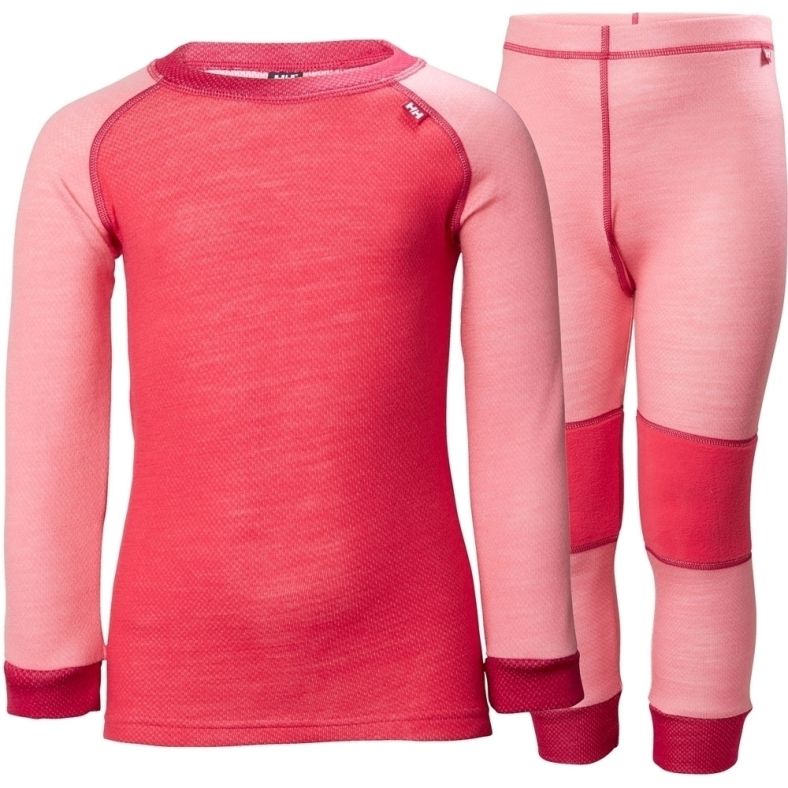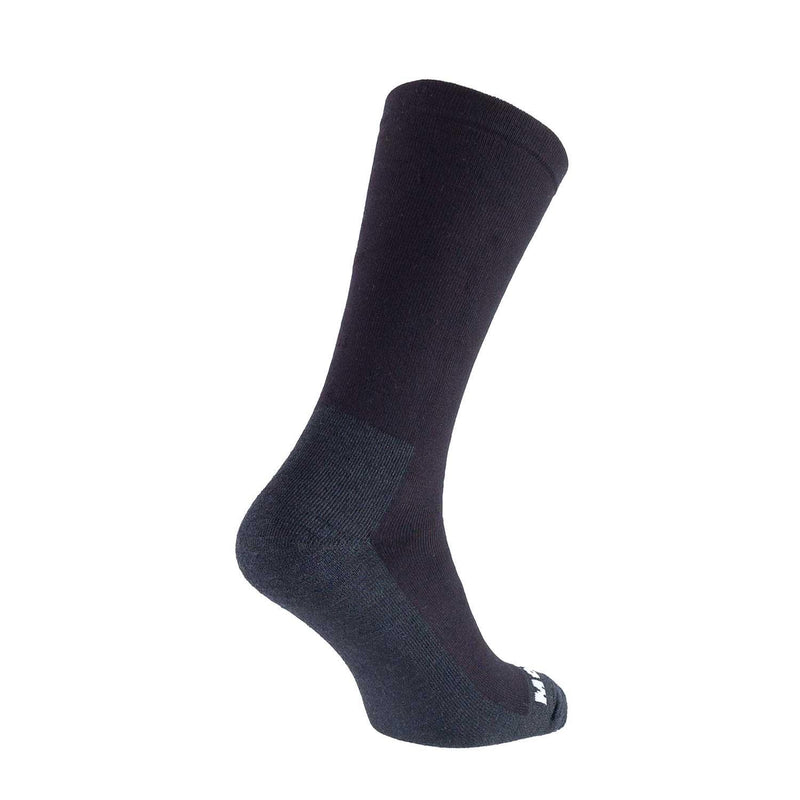Excellent Merino Wool Base Layers Site
Wiki Article
Why Are Yak Merino Wool Base Layers So Effective For Winter Sport Clothing In Terms Of The Natural Fiber Benefits And Environmental Sustainability?
Renewable and sustainable Yak Merino wool's base layer is extremely efficient for winter sportswear, not just due to its performance well, but also because of its fiber's natural benefits.
Both Merino and Yak are natural fibers derived from animals. They are both renewable resources which can be harvested sustainably without harming the animals. They are biodegradable, meaning that they degrade naturally, without harming the environment.
Low Environmental Impact
Natural fibers are typically less damaging to the environment than synthetic materials. The wool production process is much more eco-friendly than synthetic fibers because it is a less chemical-intensive process.
Energy Efficiency
The manufacture of synthetic fibres such as polyester or nylon requires more energy. The process of making natural wool requires less energy and lowers carbon emissions.
Reduced Microplastic Pollution
Natural wool fibers do not contribute to microplastics pollution in waterbodies as synthetic fibers do.
The durability and recycling of Plastics
Yak Merino Wool clothing tends to be durable and long lasting, which increases their longevity. The fibers of wool can be reused and repurposed. This helps reduce consumption and also the environmental impact.
Sustainable Practices
Manufacturers and producers of wool follow sustainable, ethical practices. This includes animal welfare, management of land that is responsible and fair treatment for workers in the chain of production.
Environmental Certification-
To assure consumers of the sustainable production of wool is a certification such as the Responsible Textile Standard (GOTS), or the Global Organic Textile Standard.
The yak merino base layer are eco-friendly since they are made of renewable, natural sources and incorporate ethical and sustainable practices throughout the supply chain. When you choose natural fibers such as yak merino for winter sports apparel you're supporting environmentally sustainable and sustainable practices for consumption. View the best merino wool base layers examples for blog info including best merino base layer, best wool base layer, wool layers, merino wool undershirt, smartwool long sleeve shirt, best layers for skiing, merino wool long underwear mens, hh lifa merino, wool long underwear women's, best thermal underwear for skiing and more.

What Are The Benefits Of Bamboo Clothing For Outdoor Winter Clothes In Terms Of The Durability, Comfort, And Safety?
Bamboo clothing comes with many benefits in terms of durability and comfort for outdoor winter clothing.
Bamboo fabric is known to be soft and smooth. It's soft on the body. It is often compared in terms luxury to silk and cashmere.
Bamboo fibers are moisture-wicking. They contain moisture-wicking properties, removing moisture away from the skin while keeping the wearer comfortable and dry when performing physical activities.
Thermal Regulation- Bamboo clothing has natural temperature-regulating properties, providing warmth in winter while remaining breathable to prevent overheating.
Sustainability-
Renewable Resource- Bamboo is an extremely renewable resource that is able to grow quickly without the necessity of pesticides or chemical fertilizers. It is very fast to regenerate which makes it a green fabric to wear clothing.
Bamboo farming has a less environmental impact than cotton cultivation. Bamboo doesn't reduce soil nutrition and needs less water. Bamboo produces more oxygen and absorbs CO2 than to other plants.
Protection for Outdoor Wear-
UV Protection - Bamboo fabric is UV-resistant and has inherent properties that provide natural protection against harmful sun rays.
Bamboo contains an antimicrobial natural agent called "bambookun" that blocks the growth and spread of bacteria that cause odors. Bamboo keeps clothes fresher, particularly when you are outdoors.
Other Benefits
Durability Bamboo fibers can be tough and durable which makes them ideal for outdoor wear that could be subject to a rigorous use.
Biodegradability - Bamboo clothing can be biodegradable which means it will break down in its own way when it is the end of its lifespan. This helps reduce environmental impact.
Bamboo fabric is a fantastic alternative for winter outdoor clothing. It provides comfort as well as thermal regulation and moisture management. Read the top rated bamboo clothing recommendations for blog info including bamboo polo shirts, bamboo chafing shorts, bamboo fitness clothing, bamboo workout clothes, bamboo material clothing, bamboo exercise clothing, sustainable bamboo clothing, bamboo pants ladies, women's freefly apparel, bamboo jacket and more.

How Do Merino-Layering And Bamboo Clothes Compare To Regular Wool?
Merino wool, bamboo clothing and regular wool can be distinguished with their distinct characteristic.
Merino wool's fine fibers are soft, and it feels good against your skin. It's less likely to cause irritation or itching than traditional wool.
Merino Wool is Moisture Wicking. Merino wool wicks moisture off the skin, allowing it to evaporate, keeping the wearer dry and comfortable.
Insulation- Merino wool offers exceptional warmth even in wet conditions. It regulates body temperature and provides insulation in cold weather and breathability to prevent overheating in the course of exercise.
Odor Resistance - It's an anti-bacterial ingredient in nature which inhibits the growth of bacteria which keeps clothes fresh and fragrant even after prolonged wear.
Bamboo Clothing
Softness. Bamboo clothes are often similar in texture to silk and cashmere. It's a gentle material that offers a pleasant wearing experience.
Bamboo fabric is a moisture wicker that means it draws away moisture from your skin while keeping your body dry during exercise.
Temperature Regulation- Bamboo clothing has natural temperature-regulating abilities, offering warmth in winter and breathability to prevent overheating.
Sustainability- Bamboo grows quickly and without pesticides or fertilisers. It is biodegradable and it has minimal impact on the environment.
Regular Wool
Texture- Wool from the traditional can vary in texture, with some wools being coarser and more prone to causing itching or discomfort.
Warmth - Regular wool is an excellent insulation and warmth however, it can feel bulky or heavy.
Wool absorbs moisture and is therefore less effective at absorption of moisture than merino and bamboo fabrics. However, it retains warmth even in wet.
Merino offers softness and excellent moisture-wicking. It is also resistant to unpleasant odors. Bamboo clothing offers a silky texture, wicking capabilities as well as temperature regulation and long-term sustainability. Regular wool is different in texture. It may not be as soft or possess the same moisture wicking ability like bamboo and merino, however, it provides warmth. Each material offers unique benefits that meet the needs of different people and preferences for winter clothes. Have a look at the top merino winter clothings examples for site recommendations including ll bean merino wool base layer, sweaty betty ski base layer, ski thermals mens, best mid layer skiing, first lite merino wool base layer, omniwool base layer, merino wool ski base layer, base layer moisture wicking, merino undershirt, ski layers and more.
